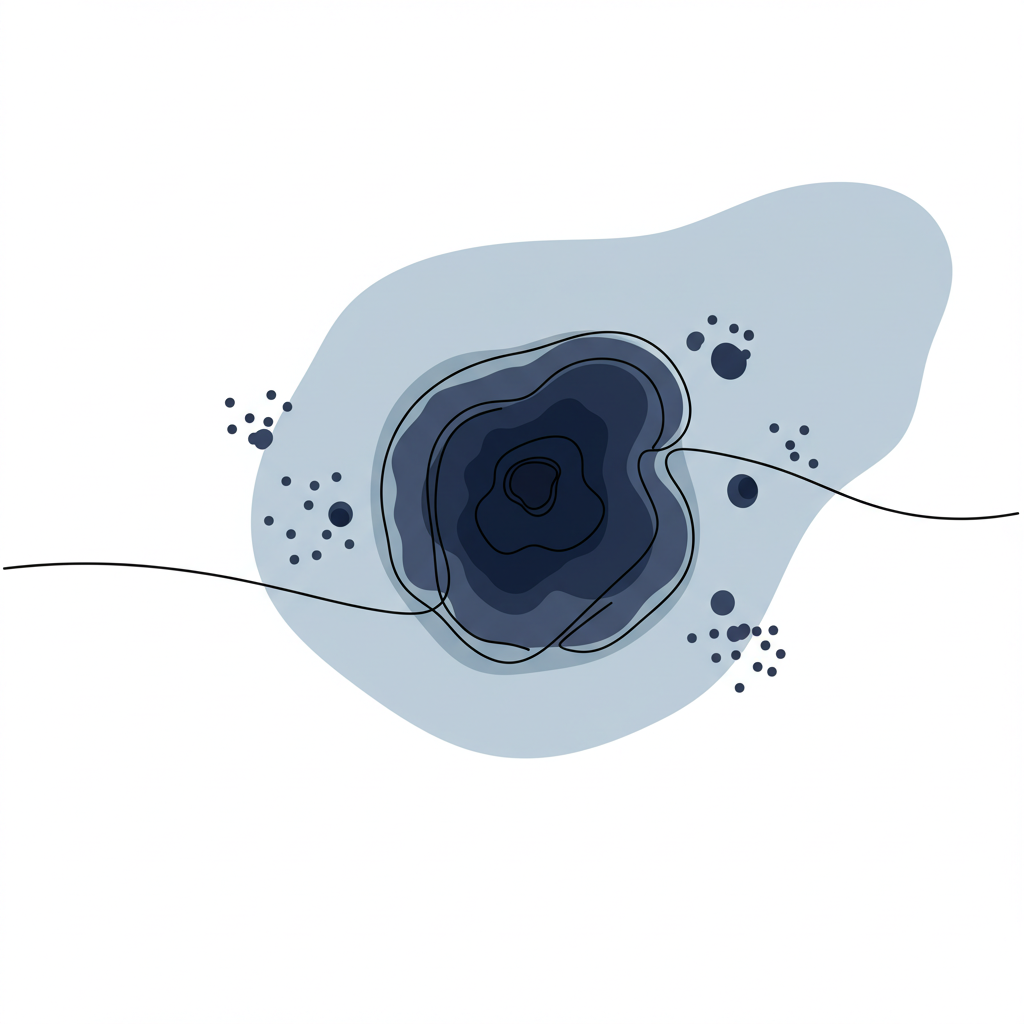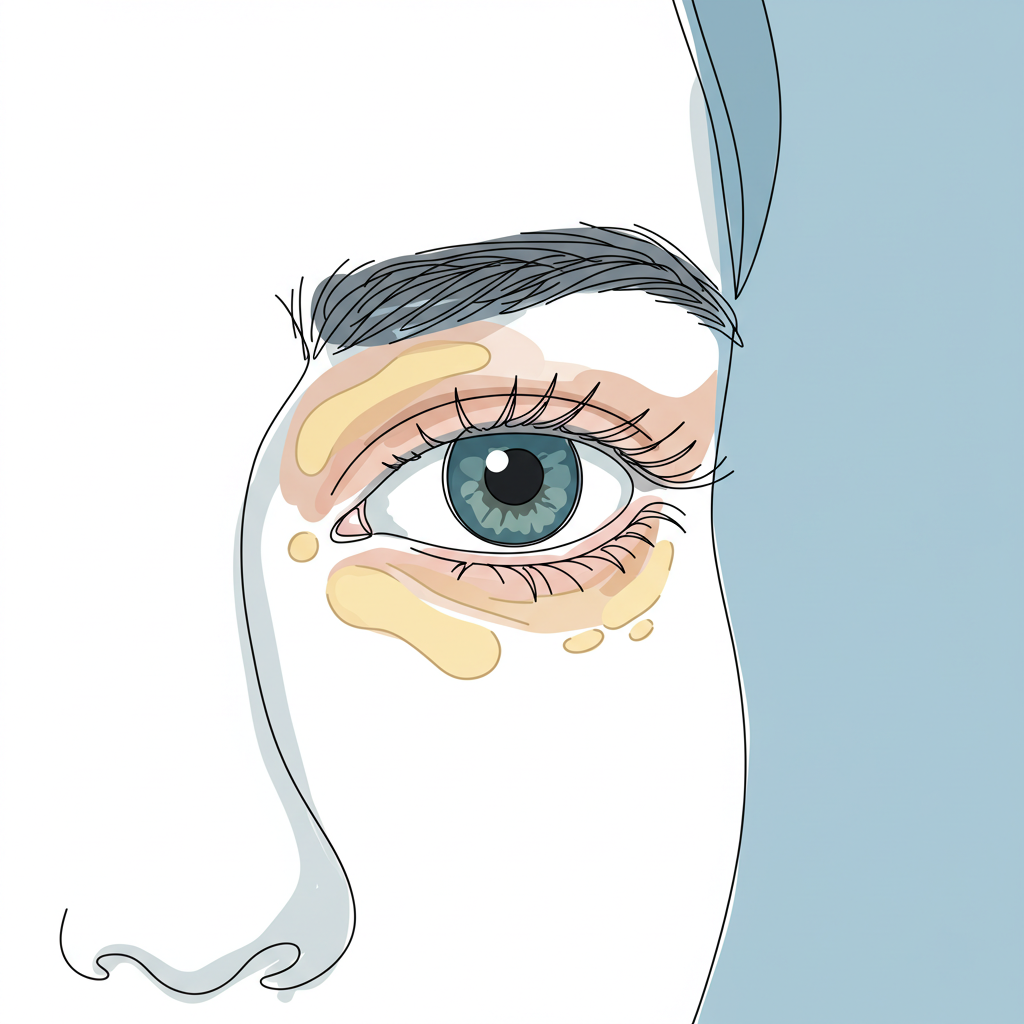Venous lake represents a distinctive vascular anomaly that affects many individuals, particularly in their later years. Like a small pool of still water beneath the skin’s surface, these lesions create a characteristic appearance that often draws concern from those affected. This comprehensive overview explores the nature, characteristics, and treatment options for this generally benign but sometimes cosmetically concerning condition.
What is Venous Lake?
A venous lake is an acquired vascular lesion that manifests as a soft, compressible dilation of venules, typically presenting as a dark blue to purple macule or papule. Imagine a tiny balloon filled with blood that has settled just beneath the skin’s surface – this is essentially what occurs in venous lake formation. These lesions most commonly develop on sun-exposed areas, with a particular predilection for the lower lip, though they can occasionally appear on the ears, face, and neck. The delicate nature of lip tissue makes it especially susceptible to these vascular changes, particularly in areas that receive significant sun exposure over time.
Clinical Characteristics
The distinctive features of venous lake create a unique clinical picture that helps healthcare providers make accurate diagnoses. When examining these lesions, several key characteristics emerge:
- Physical Appearance: Presents as a soft, compressible lesion that typically ranges from 2-10mm in diameter, appearing much like a small, dark pearl embedded in the skin
- Color Variation: Displays a characteristic dark blue to purple hue, which can become more pronounced with increased venous pressure or during physical activity
- Surface Texture: Generally smooth and slightly raised, with a dome-like appearance that reflects light differently than surrounding tissue
- Consistency: Easily compressible, returning to its original shape when pressure is released, much like a water-filled balloon
The visual impact of these lesions can vary significantly throughout the day, often appearing more prominent during periods of increased blood flow or when the affected area is in a dependent position.
Epidemiology and Risk Factors
Like many age-related skin changes, venous lakes tell a story of time and environmental exposure. These lesions predominantly affect middle-aged and elderly individuals, with several contributing factors that paint a complex picture of their development:
- Age-Related Changes: More common in individuals over 50 years of age, reflecting the cumulative effects of time on vascular structures
- Sun Exposure: Chronic sun damage appears to play a significant role in development, particularly in areas regularly exposed to UV radiation
- Gender Distribution: Affects both males and females equally, suggesting that hormonal factors play little role in their formation
- Lifestyle Factors: May be exacerbated by smoking and prolonged sun exposure, which can damage blood vessels and surrounding tissue
Diagnosis
The journey to diagnosing venous lake typically begins with a careful clinical examination. Healthcare providers rely on several key diagnostic approaches:
- Visual Examination: The characteristic blue-purple color and compressible nature often allow for immediate recognition, particularly when combined with typical patient demographics
- Diascopy: The lesion blanches with pressure, confirming its vascular nature and helping differentiate it from other skin conditions
- Differential Diagnosis: Must be distinguished from melanoma, hemangioma, and other vascular lesions through careful examination of color, texture, and patient history
Understanding these diagnostic criteria helps healthcare providers make accurate assessments while ruling out more serious conditions that may require different treatment approaches.
Treatment Options
Understanding and addressing venous lakes requires a thoughtful approach to treatment selection. While these lesions are benign and typically asymptomatic, many patients seek treatment for cosmetic reasons or due to interference with daily activities. Modern medicine offers several sophisticated and effective treatment modalities, each with its own unique advantages and considerations.
Laser Therapy
Laser treatment represents the gold standard in venous lake management, offering precise targeting of vascular structures while minimizing damage to surrounding tissue. Several laser systems have demonstrated excellent efficacy:
- Nd:YAG Laser: This powerful laser penetrates deeply into the tissue, making it particularly effective for larger or more stubborn lesions. The 1064nm wavelength specifically targets blood vessels while preserving the surrounding skin integrity.
- Pulsed Dye Laser: Particularly effective for superficial vascular lesions, this laser system delivers energy in short pulses that specifically target oxyhemoglobin within the dilated vessels. The controlled thermal damage leads to vessel collapse while minimizing the risk of scarring.
- Diode Laser: Offers precise targeting with minimal downtime, making it an excellent option for patients seeking quick recovery. The specific wavelength can be adjusted to optimize treatment outcomes based on lesion characteristics.
Electrocautery
Electrocautery represents a time-tested approach to venous lake treatment. This technique employs controlled electrical current to precisely destroy the affected tissue, offering several advantages:
- Immediate visible results
- Precise control over treatment depth and area
- Cost-effective compared to laser systems
- Minimal healing time when performed correctly
The procedure involves careful application of electrical current under local anesthesia, with most patients experiencing complete resolution after a single treatment session.
Cryotherapy
For patients seeking a more economical treatment option, cryotherapy offers an effective solution through controlled tissue freezing. This approach:
- Uses liquid nitrogen to rapidly freeze the affected tissue
- Creates controlled destruction of the vascular lesion
- Typically requires minimal recovery time
- May need multiple sessions for optimal results
Prevention and Management
While completely preventing venous lakes may not be possible, implementing a comprehensive prevention strategy can significantly reduce their likelihood of development. This approach requires understanding both environmental and lifestyle factors that contribute to their formation.
Sun Protection Strategies
A robust sun protection regimen forms the cornerstone of prevention:
- Regular application of broad-spectrum sunscreen with SPF 30 or higher, particularly on sun-exposed areas
- Reapplication every 2 hours when outdoors, or more frequently during water activities
- Careful attention to often-overlooked areas like the lips, ears, and neck
Lifestyle Modifications
Adopting protective habits can significantly impact venous lake development:
- Wearing wide-brimmed hats to shield the face and neck
- Choosing protective clothing with UV-blocking properties
- Avoiding peak sun exposure hours between 10 AM and 4 PM
- Maintaining good overall skin health through proper hydration and nutrition
Conclusion
Venous lake represents a benign vascular condition that, while not medically threatening, can significantly impact an individual’s confidence and quality of life. Through understanding its nature, characteristics, and available treatment options, patients can make informed decisions about their care pathway. Modern treatment modalities offer excellent outcomes with minimal risk, providing effective solutions for those seeking treatment.
The management of venous lakes exemplifies the balance between addressing cosmetic concerns and ensuring patient safety. As medical technology continues to advance, we can expect even more refined and effective treatment options to emerge, further improving outcomes for affected individuals.



